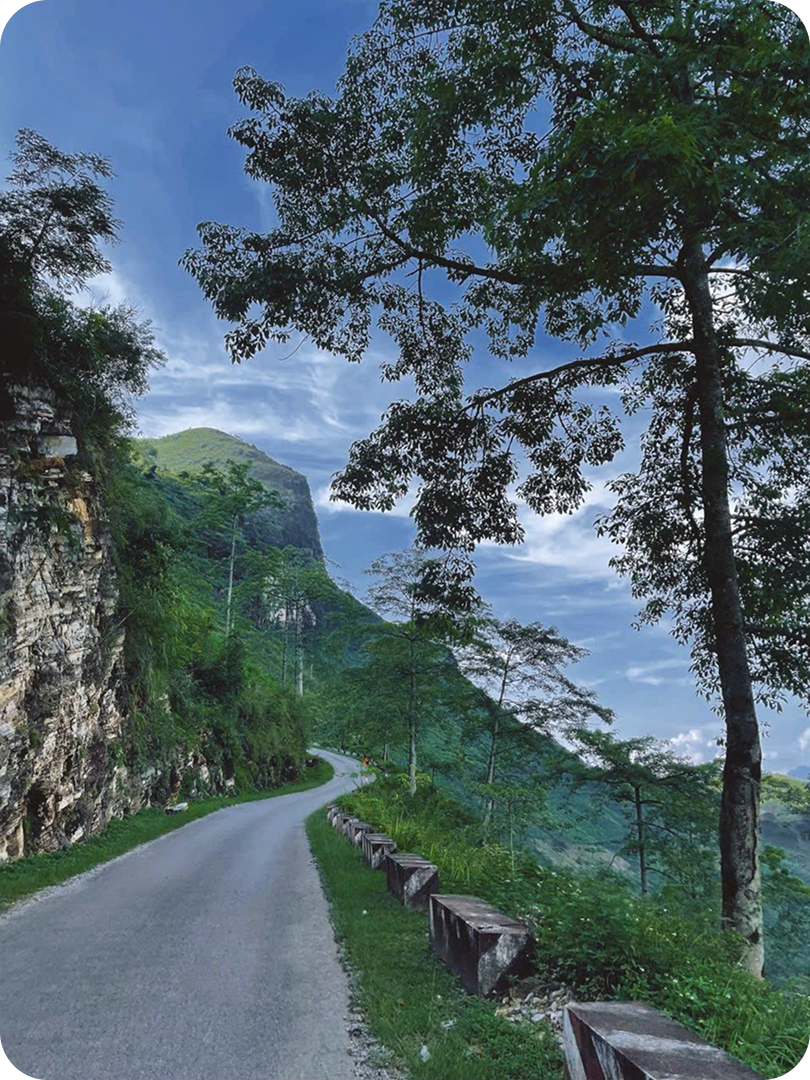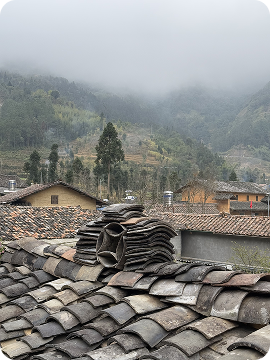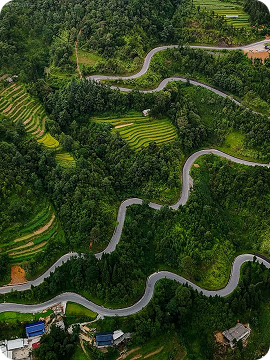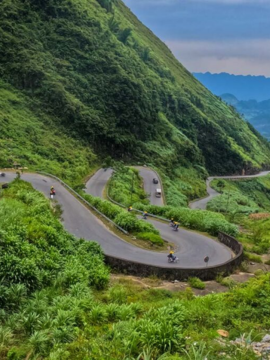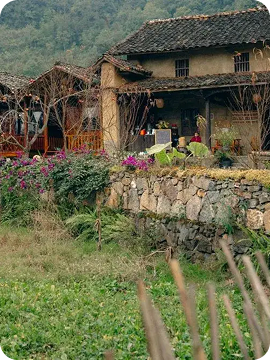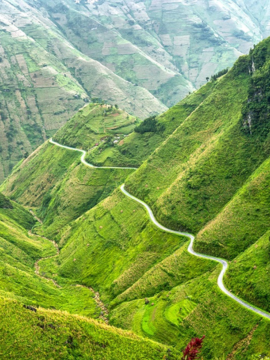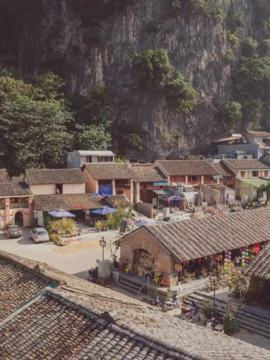WHERE WILL YOUR NEXT JOURNAY TAKE YOU?
The Ha Giang Loop in Vietnam is a breathtaking journey through winding mountain roads, towering limestone peaks, and vibrant ethnic villages. With stunning landscapes like Ma Pi Leng Pass and terraced rice fields, it offers an unforgettable mix of adventure and cultural immersion.

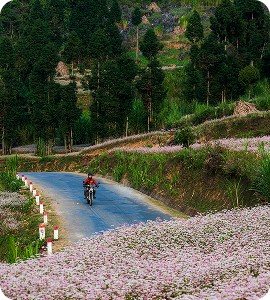
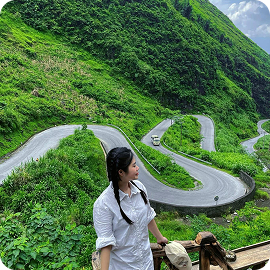
The best DESTINATION OPTIONS
 Du Gia
Du Gia
Discover the Charm of A Hidden Gem in Ha Giang
 Pao’s House
Pao’s House
Discover the Unique H’Mong Culture
 Nho Que River
Nho Que River
The Emerald Gem of Dong Van Karst Plateau
 Chin Khoanh Ramp
Chin Khoanh Ramp
also known as Nine Ramps or Chin Khoanh Pass
 Lo Lo Chai
Lo Lo Chai
A Promised Land in the Heart of the Majestic Ha Giang Highlands
 Tham Ma Pass
Tham Ma Pass
One of the most iconic stretches along the Ha Giang Loop
 Meo Vac
Meo Vac
Travel Tips for Meo Vac, Ha Giang and 5 Must-Visit Attractions



